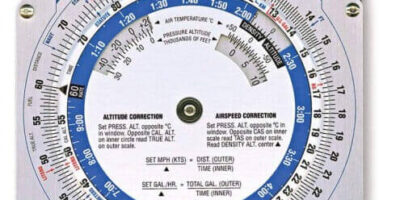The Boeing 747-8 Upper Deck
The Boeing 747-8, the latest iteration of the iconic 747 family, brings numerous advancements. One of the standout features is its upper deck. This section of the aircraft has always been intriguing, from its historical significance to its modern-day innovations. The upper deck of the 747-8 plays a critical role in the appeal of this aircraft.
Historical Context
The upper deck of the original 747 was relatively small. It started as a lounge area for premium passengers. As airlines realized the revenue potential, the space quickly evolved. Over the years, the upper deck expanded and became a staple of the aircraft’s design. The 747-8 continues this legacy while introducing new elements.
Design and Layout
The upper deck of the 747-8 is significantly larger than its predecessors. It stretches further along the fuselage. This extension allows for more seating and versatility. While the configuration can vary by airline, many choose to use this space for business or first-class seating. The design optimizes both comfort and capacity, with wide aisles and ample overhead storage. Windows are larger compared to earlier models, providing a more open feel.
Amenity Enhancements
The upper deck frequently features enhanced amenities. Noise levels are typically lower due to the location above the main deck. Passengers often enjoy exclusive lavatories and expanded galley areas. Some airlines incorporate high-end finishes and materials to create a luxurious atmosphere. The onboard experience is designed to be quieter and more private. Various configurations can include lie-flat seats, personal entertainment systems, and even private suites.
Engineering and Performance
The construction of the 747-8 upper deck includes lightweight materials. These improve fuel efficiency without sacrificing strength. Advanced aerodynamics also contribute to better performance. The larger wing and improved engines of the 747-8 complement this. Together, these elements enable the aircraft to fly longer distances with greater efficiency. The design choices for the upper deck enhance the overall functionality of the aircraft.
Technological Innovations
The 747-8 upper deck incorporates the latest in aviation technology. This includes advancements in lighting, climate control, and in-flight connectivity. LED lighting systems adjust to different phases of flight, reducing jetlag. Enhanced Wi-Fi capabilities allow for seamless internet access. Passengers can stay connected throughout their journey with ease. The overall design reflects the latest trends in passenger comfort and operational efficiency.
Commercial Impact
The upper deck of the 747-8 plays a crucial role in its commercial success. Airlines can offer a premium product that justifies higher ticket prices. This space is often marketed heavily to attract affluent travelers. The ability to provide a unique and superior onboard experience sets the 747-8 apart. The upper deck configuration can also influence an airline’s branding and market positioning. In a highly competitive industry, these factors are significant.
Operational Challenges
Managing the upper deck involves logistical considerations. Boarding and deplaning processes must be efficient. Cabin crew require specialized training for this distinct area. Maintenance routines may differ due to the unique layout. Airlines need to balance the benefits with these operational aspects. Nevertheless, the appeal of the upper deck often outweighs these challenges. The end result is a product that passengers appreciate and remember.
The Boeing 747-8 upper deck remains a symbol of innovation in aviation. Its design, advanced features, and historical significance make it a notable aspect of the aircraft. Airlines leverage this space to enhance the passenger experience and optimize their offerings. The continued evolution of the upper deck underlines the importance of combining tradition with modern advancements in the aviation industry.
“`
